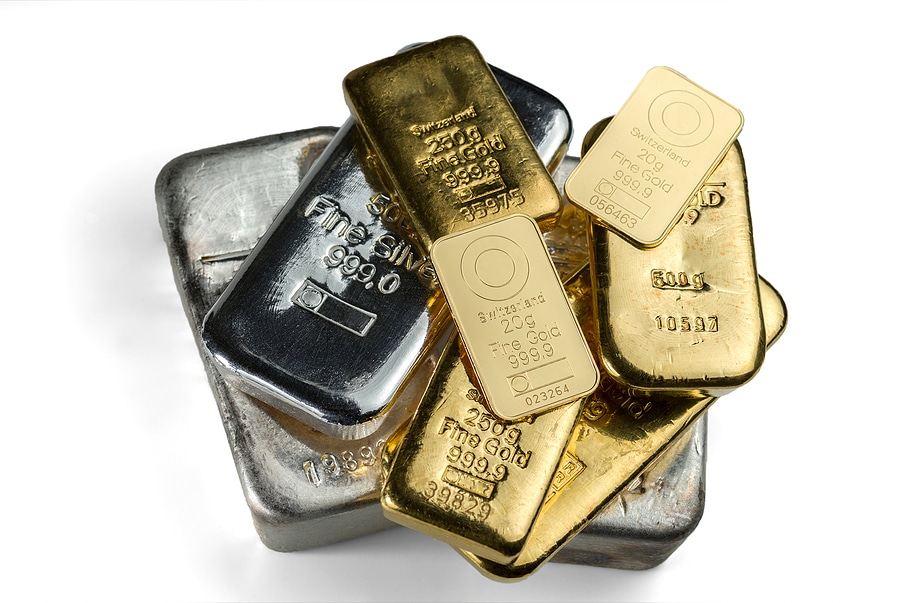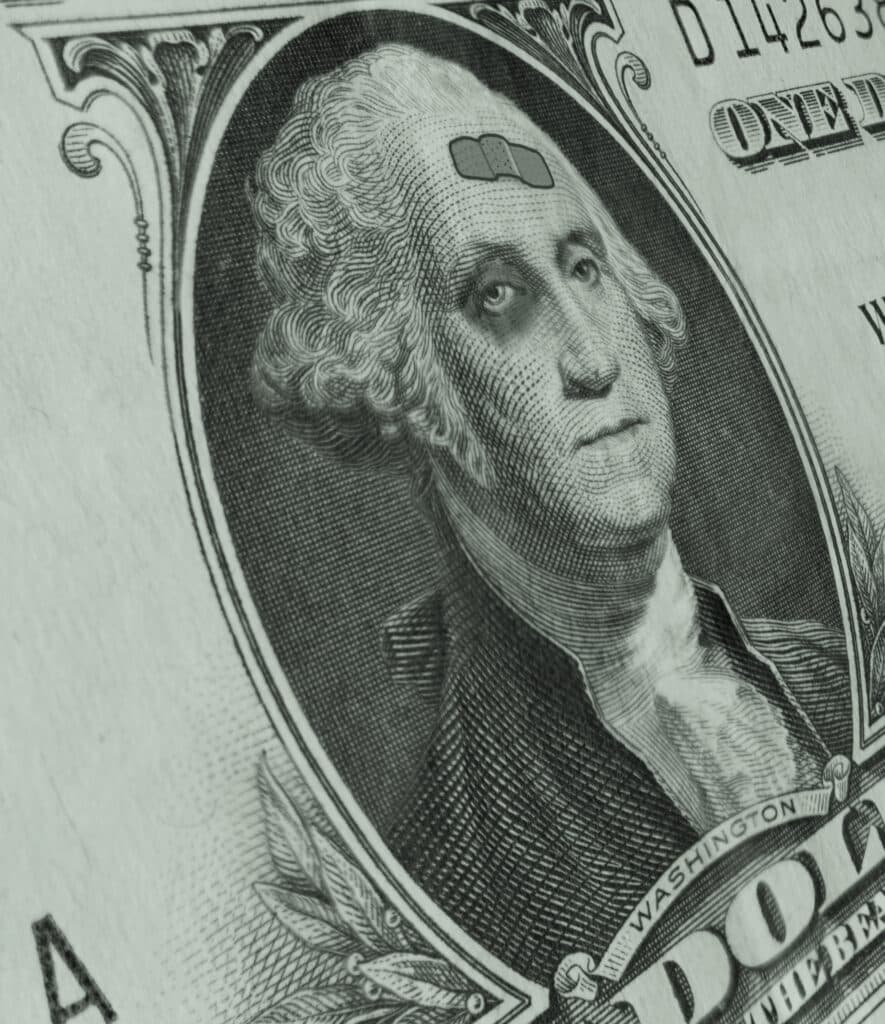If the US dollar is no longer a cast-iron reserve asset, then where can you turn?
The remonetisation of gold
When I last wrote about gold about six weeks ago, I noted that it could probably do with a breather, having burst through the $3,300 an ounce level.
It promptly went on to $3,400 an ounce — twice — then went back down to below $3,200 as investors grew a bit more optimistic about the staying power of Trump’s tariffs, what with him doing a deal with the UK.
However, gold has since rebounded pretty sharply and looks like it may challenge $3,400 again. This cannot yet be described as a breather or a lull.
So what’s going on now? There’s a bit of US dollar weakness in there — the dollar had a bit of a rally in early May but (as measured by the Bloomberg dollar spot index) is now near the weakest it’s been since 2023.
But it’s not just dollar weakness. Silver, gold miners, and platinum (a precious, but not monetary, metal) have all started to play catch-up with gold in the last month or so. If anything, it feels as if the theme is broadening out, rather than calming down.
When the Covid-era inflation peaked around 2022 and central banks were furiously jacking up interest rates, slamming the stable doors shut while the horses galloped gaily around the paddocks, theory suggested that the good times were over for gold.
Gold doesn’t like rising “real” interest rates, was the basic argument, and one that had been a decent explanation for gold’s behaviour throughout the post-2008 period.
However, that’s not really what happened. Gold did hit a bottom in 2022, but it had a pretty punchy 2023, and then a stellar 2024, which has basically carried on into 2025. This is not because retail investors have been piling in.
Gold is Becoming a Vital Reserve Asset Again
No, the main culprit then — and as it turns out, now — appears to be central banks. Analysts at Goldman Sachs Group Inc. reckon they are buying about 80 metric tons of the stuff every month, mostly in secret (for more, see this Bloomberg report).
Why? Here’s a quote from the same piece that sums it up. “Gold is the safest reserve asset,” said Adam Glapinski, governor of the National Bank of Poland. “It is free from direct links to the economic policy of any country, resistant to crises and retains its real value in the long term.”
The idea of gold regaining its place as not just a respectable, but a desirable, reserve asset among central banks is a shift. And it’s an understandable one.
The US dollar standard replaced the gold standard because it had the advantage of being reliable. Broadly speaking, the US made the rules, but it would treat all dollar users in the same way.
That has changed. Use of and access to the US dollar system is now contingent on a number of things, the most obvious of which is, you can’t be an enemy of the US. The overt weaponization of the US dollar is a relatively recent phenomenon which became far more obvious with Russia’s invasion of Ukraine.
The problem is, it’s not just US enemies who need to be wary. Under Donald Trump, the US is also taking its allies to task. Issuing the world’s reserve currency might be an “exorbitant privilege” but it’s not cost-free, and as far as Trump’s concerned, it’s time to call in the bill.
Increasingly, US political policy seems to be similar to the business strategy of a maturing tech company. Having built a network of customers by offering a decent service at a negligible or non-existent price, it’s putting up its subscription fee on the assumption that there is no other alternative. That’s a bold bet, to put it one way.
Gold: “Hot But Not Red Hot”
Note by the way that the quote above is from the central bank of Poland. It’s not a major world central bank, but nor is it the central bank of a country which is ever likely to find itself on the wrong side of the global world order (not the current one, anyway).
It’s just another sign that the concern about how welcome foreign capital is in the US, is real. And that’s before we see whether the latest “revenge tax” passes the Senate or not.
Charlie Morris at ByteTree tends to be my first port of call for a sober yet non-sceptical voice on all things precious metal and crypto related. As far as he’s concerned (or at least was two weeks ago when his most recent gold report came out), gold is “hot but not red hot”.
“This will be over when gold is widely owned by investors, budgets are balanced, and there is an outbreak of geopolitical stability.” So not any day soon, it appears.
Read the full article HERE.


